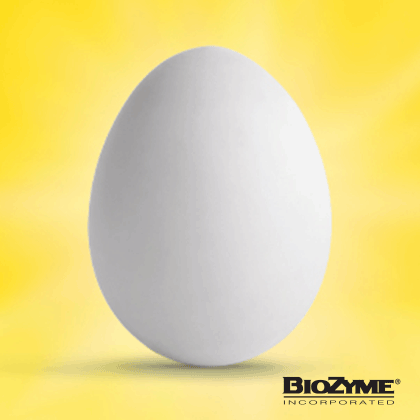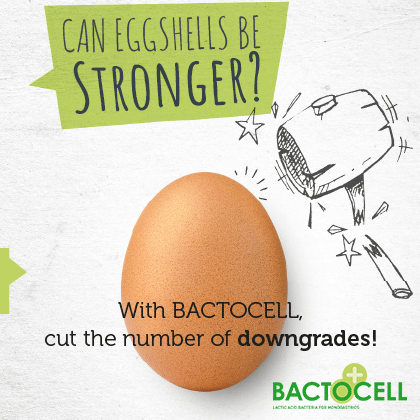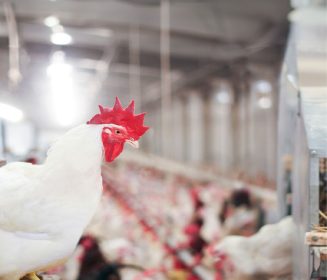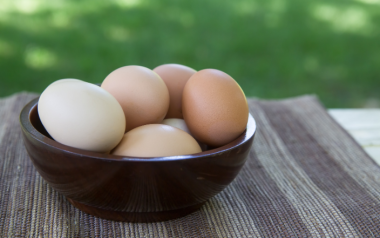Practical reminder: How to reduce locomotion problems
Contenido disponible en: Español (Spanish) العربية (Arabic)Sometimes, it is not taken into account that if we have a low prevalence […]
Sometimes, it is not taken into account that if we have a low prevalence of locomotive issues and we want to improve that by 2%, it turns out that measures will be taken on 100% of the birds in the flock. As everyone knows that with rapid growth more locomotion problems can occur, it is logical to think that it should be stopped. But if we stop this growth, the overall results may be worse and may not compensate for the decrease in locomotion problems.
GENETICS
The easiest thing to think about is that it will be the birds' genetics that are responsible for the greatest occurrence of locomotion disorders. Before thinking about this possibility, we must review a series of other causes that we can improve.
MANAGEMENT OF BREEDERS
As a first step when there are problems with lameness, one should start by checking the management of the breeders. For example, there is research that reminds us that the offspring of the fastest growing genetic lines have fewer locomotion problems when the breeders are fed with greater restrictions between 14 and 20 weeks of age.
MANAGEMENT IN THE HATCHERIES
Management in the hatchery should also be checked, as environmental disturbances occur more often than necessary as a result of problems in maintaining the correct temperature in incubators. These thermal variations affect the embryos, which consequently affects their bone development.
It should also not be forgotten that an increase in the temperature of the embryos in the last phase of their development will lead to a reduction in the absorption of nutrients, with the visible sign of chicks with larger-than-normal yolk sacs.
TEMPERATURE
High temperatures in the last part of the incubation will increase the asymmetry of the leg bones, or an incubation with a somewhat low temperature will increase the appearance of osteochondrosis in the cartilage and occurrence of Enterococcus infections.
TRANSPORTATION
Inadequate transport of chicks from the hatchery to the farm can trigger stressful situations that will increase locomotion problems in birds. Therefore, the control of this phase must also be exhaustive.
REDUCED SPACE
A factor that influences the increase in lameness is the too severe and prolonged restriction of the space for chicks to start at the beginning of their life.
Lack of exercise next to a litter in poor conditions increases the problem of pododermatitis, inducing further locomotion disorders.
The reduction in space makes birds get used to using a few square meters of living area, which means they get used to little moving around, spending a lot of time sitting, and consequently doing little exercise.
FEEDING
Adding vitamin D3 precursors to starter feeds can go a long way in preventing some locomotion problems.
LIGHTING
The last factor that also influences the appearance of movement problems is the lighting in the buildings, which must take into account not only the number of hours of light but also its intensity and the type of light used. Only day-to-day experience tells us that the intensity of the light should be high the first few days to favor the start-up, and that said intensity should decrease little by little as the chickens grow. Oftentimes, setting a flashing light program will help reduce lameness in successive batches.









































